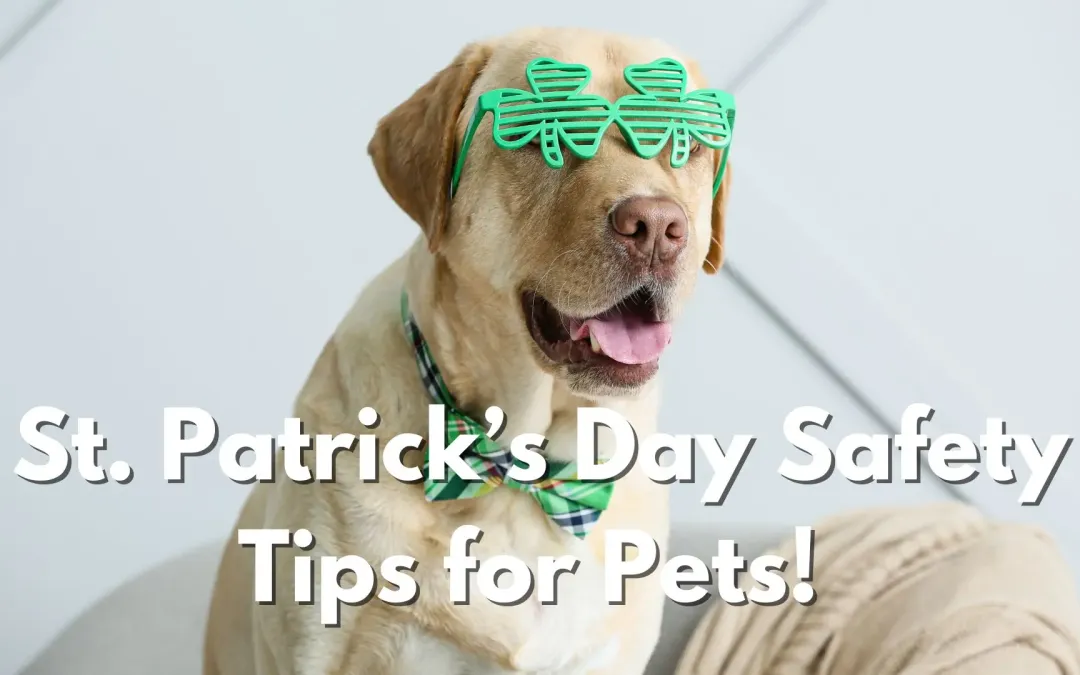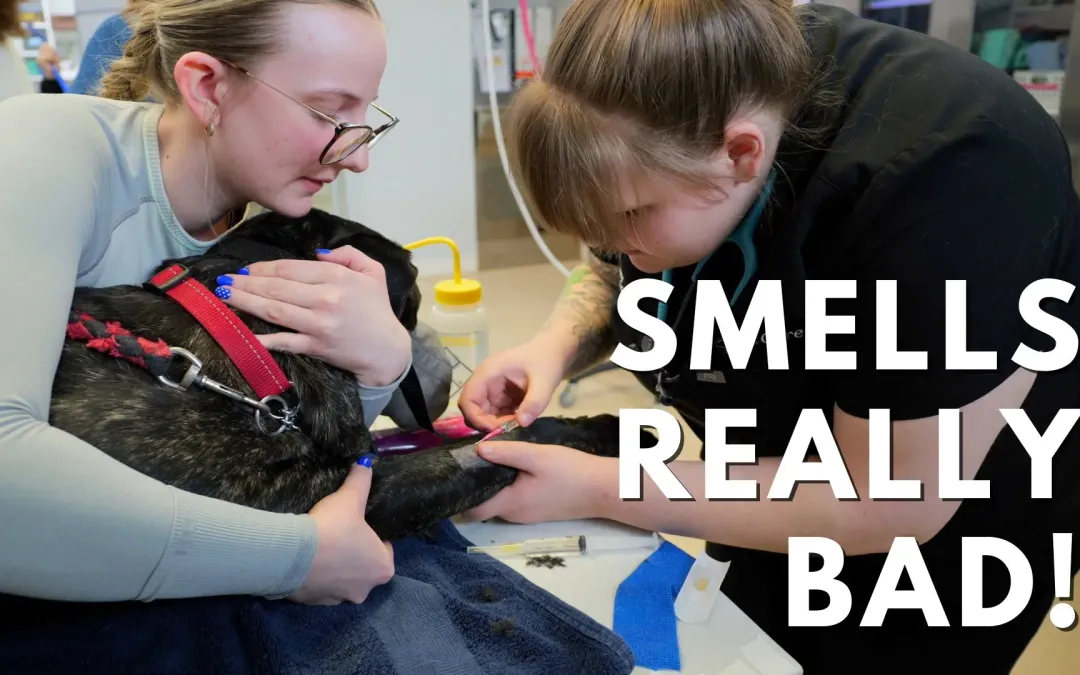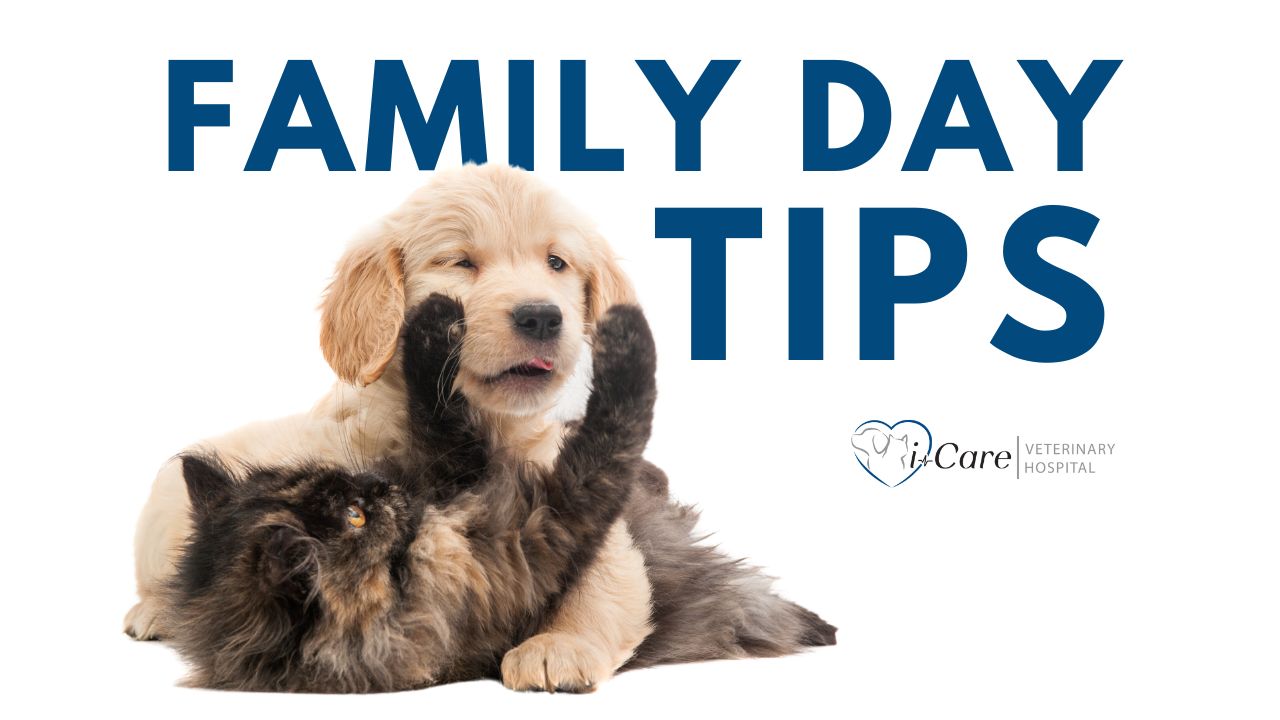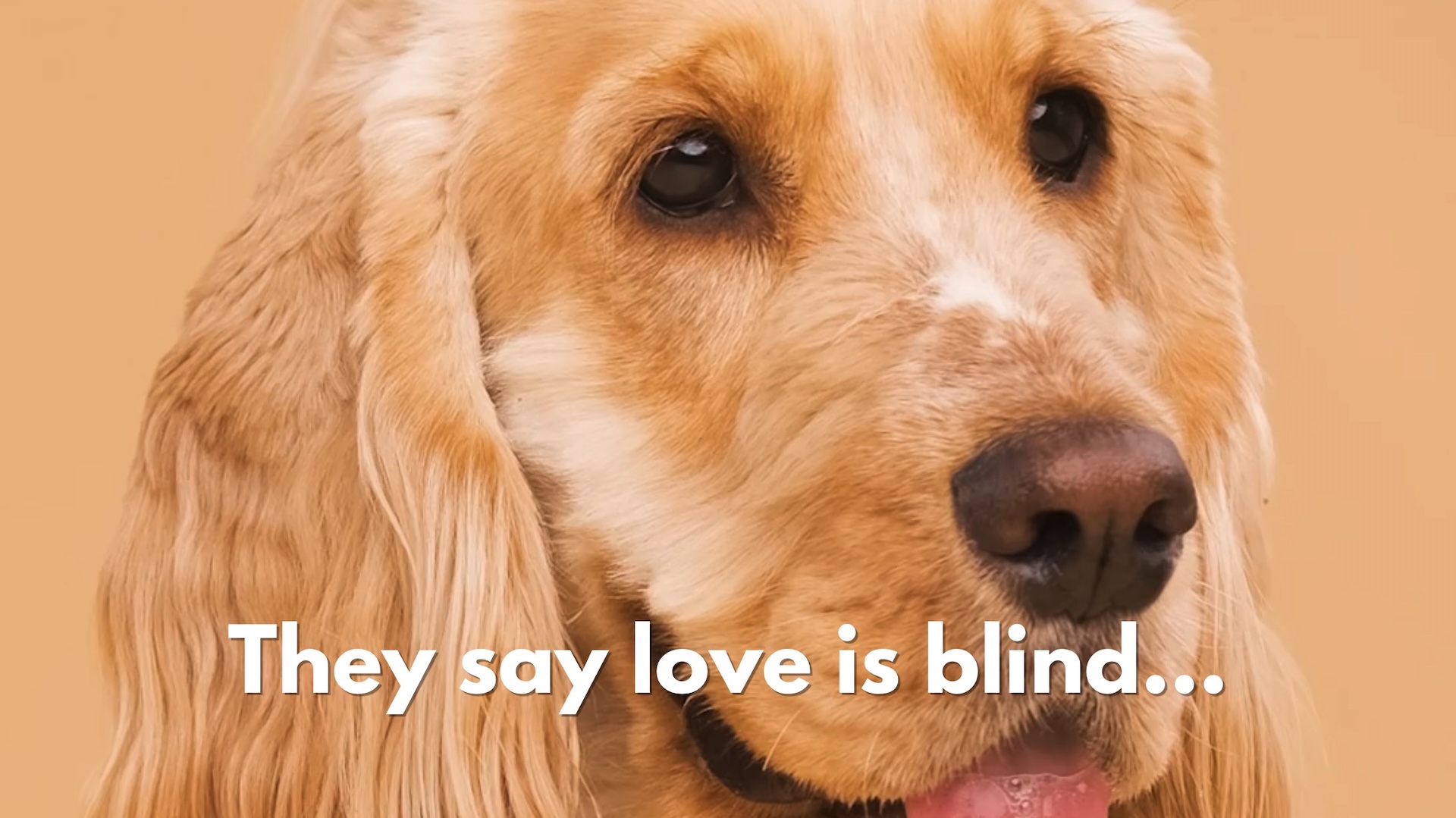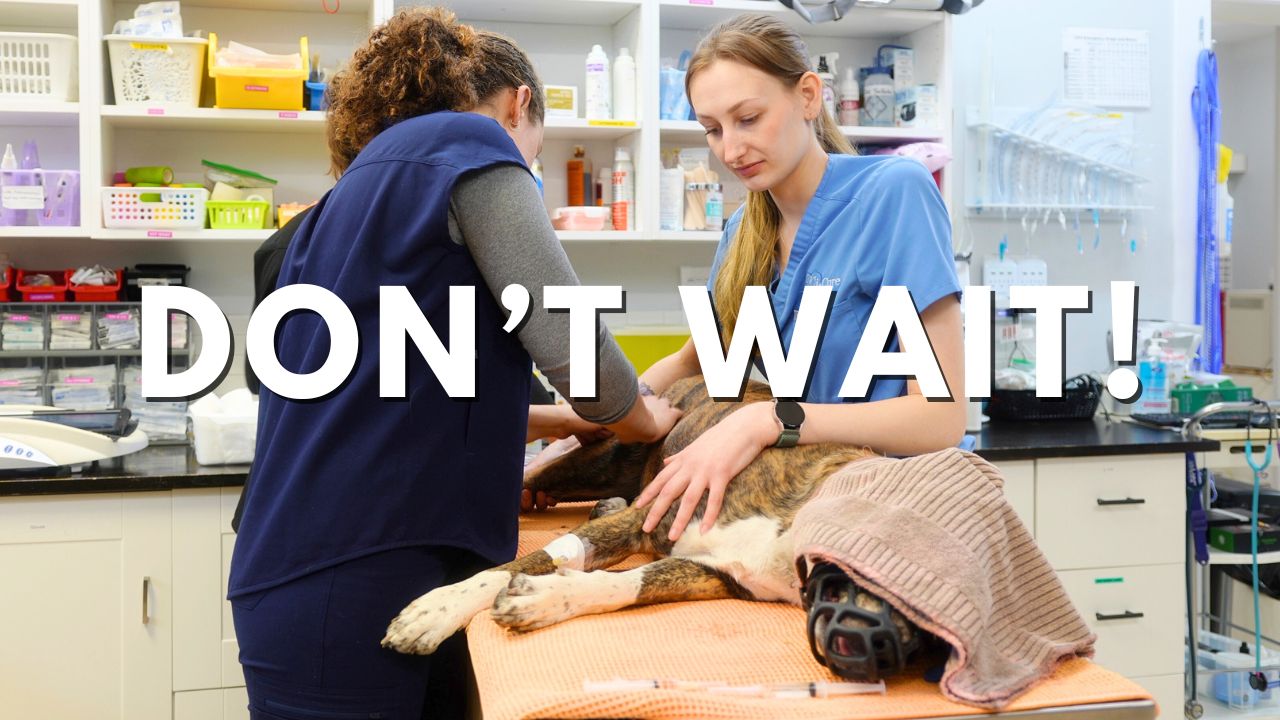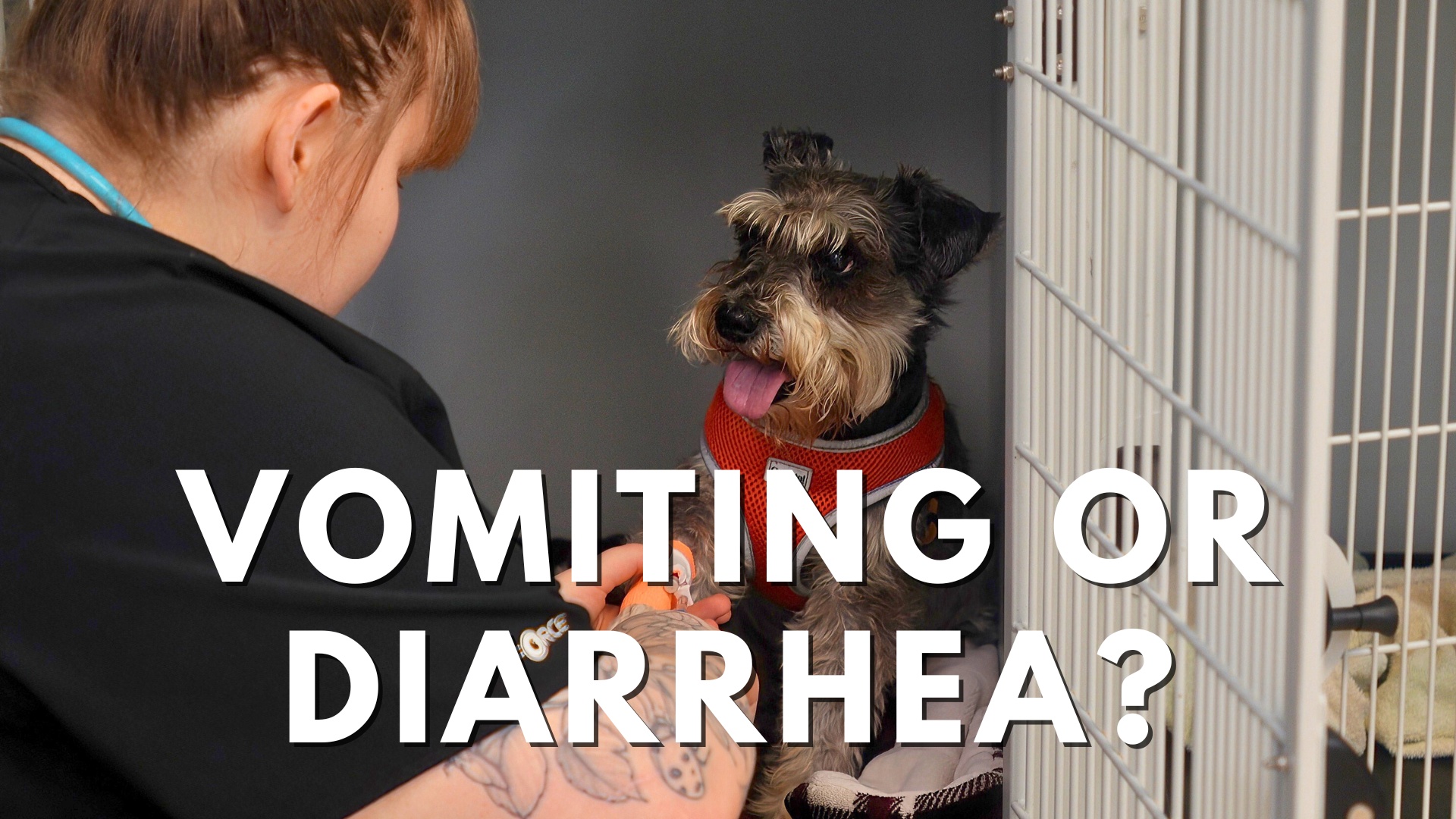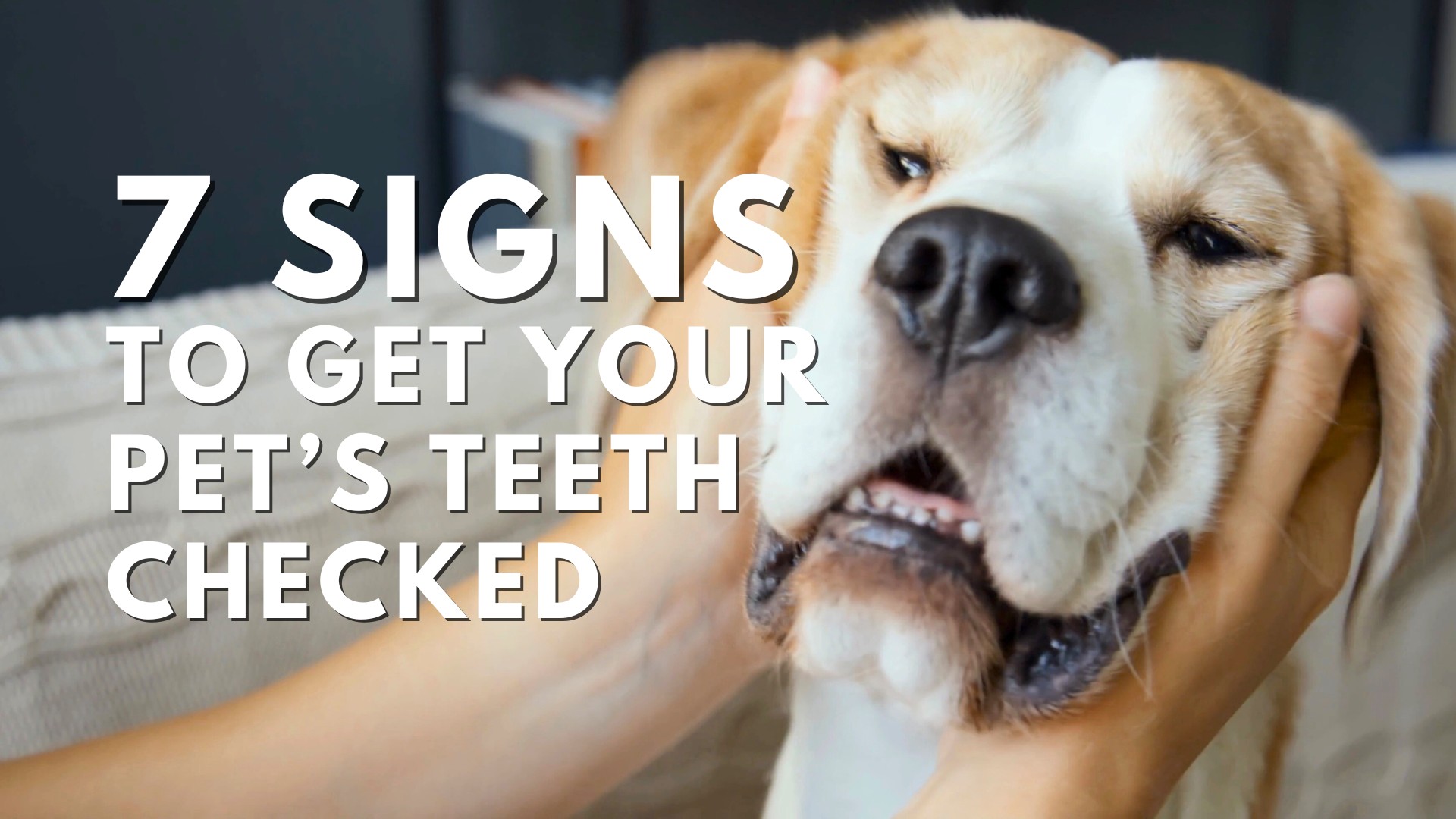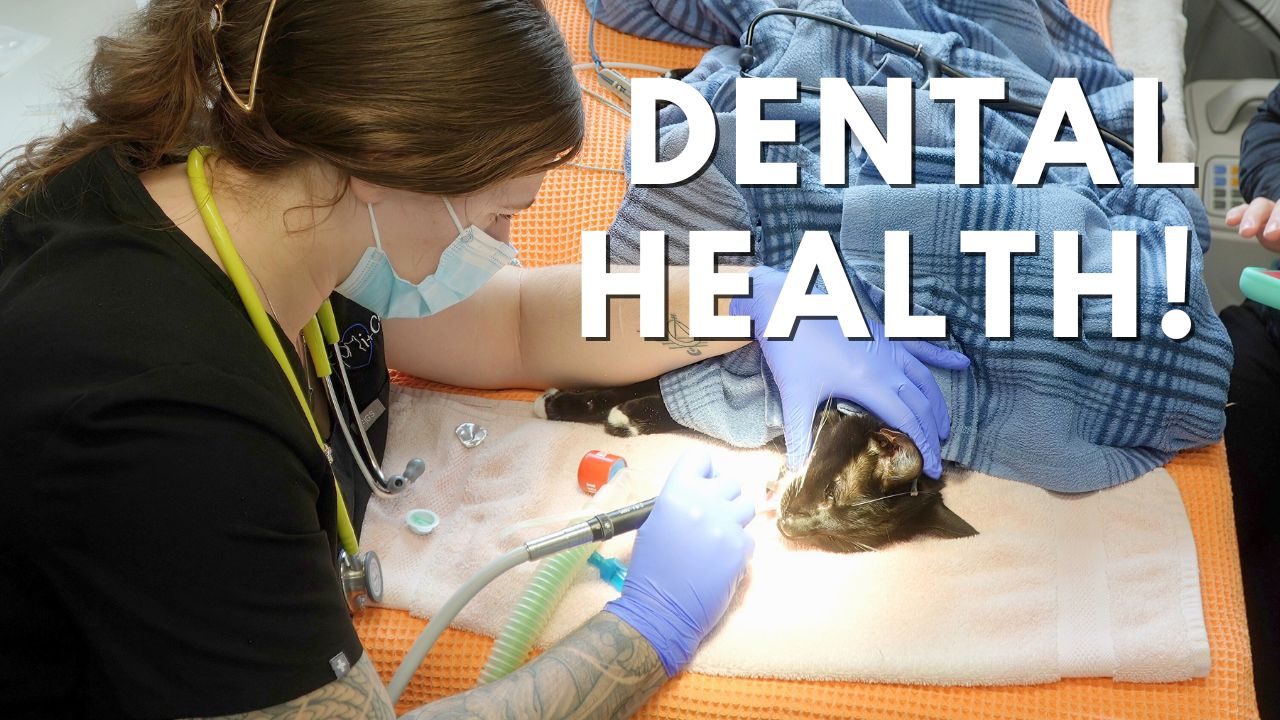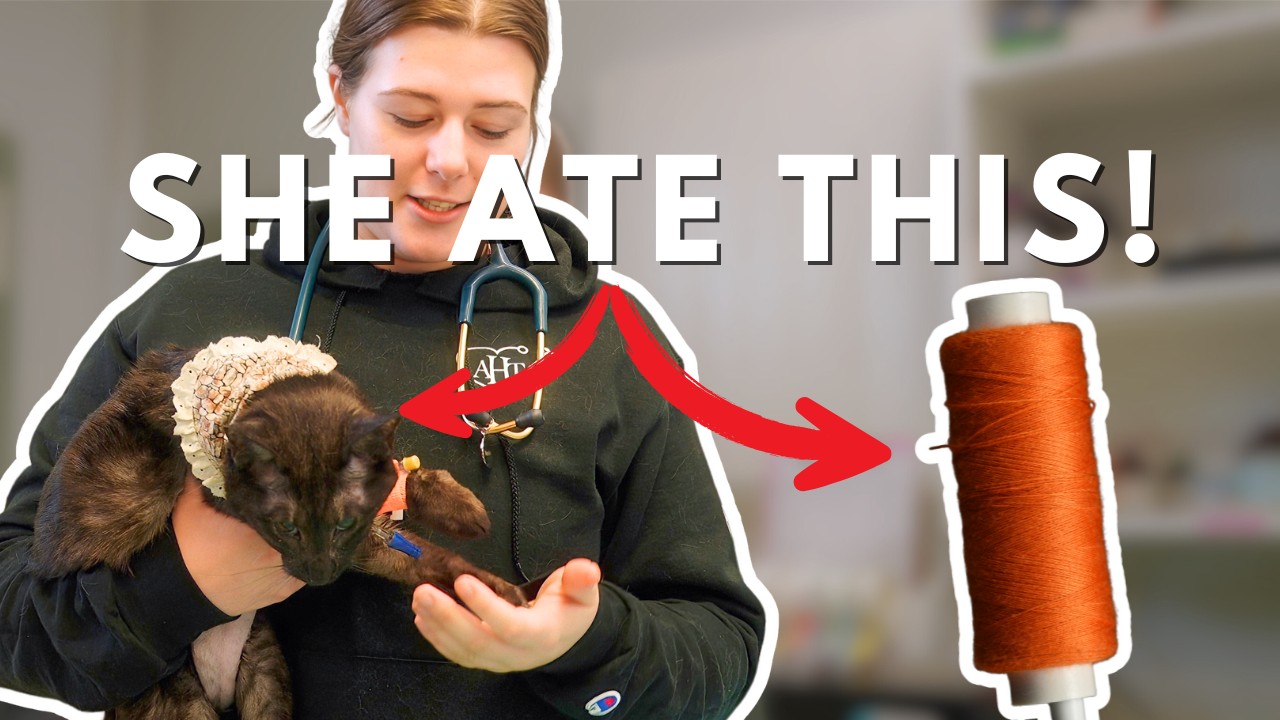17 Mar St. Patrick’s Day Pet Safety: How to Keep Your Pet Safe & Happy
Hey there pet parents! With St. Patrick's Day just around the corner, we wanted to share some quick tips to keep your furry friends safe while you celebrate. Trust me, I've seen what happens when celebrations go wrong for our four-legged family members! St. Patrick's Day brings all the fun, festivities, and green everything! But while we're enjoying the celebrations, some holiday traditions can actually put our pets at risk. Here's what you need to know to keep your furry friend safe when the shamrocks come out. 1. Keep Alcohol Away from Pets Let's be real, many of us enjoy a beer (or several) on St. Patrick's Day! But alcohol is seriously toxic to pets. Even small amounts can cause: ❌ Vomiting and diarrhea ❌ Difficulty breathing ❌ Loss of coordination ❌ In severe cases, coma or death Quick Tip: Want your pet to join the celebration? Give them fresh water in a festive green bowl or a pet-safe treat instead! 2. Say No to Green-Dyed Foods & Treats Those green pancakes and cupcakes might look Instagram-worthy, but they're not for your pets! Many artificial food dyes can upset your pet's stomach, and some green treats (like anything matcha-flavored) contain ingredients that are straight-up toxic to pets. Quick Tip: If you want to treat your pet, stick to natural green snacks like: ✔️ Cucumbers ✔️ Green beans ✔️ Zucchini ✔️ Spinach (just a little bit) 3. Beware of Loud Parties & Fireworks Nothing stresses pets out like noisy celebrations, especially with fireworks or a house full of party people. Watch for signs of pet anxiety including: ❌ Hiding or cowering ❌ Excessive barking or meowing ❌ Pacing or restlessness ❌ Trying to escape How to Help: ✔️ Create a quiet, cozy hideaway away from the noise ✔️ Try a calming pheromone diffuser or some soft background music ✔️ Double-check that doors and gates are secure in case your pet panics 4. Keep Chocolate & Irish Dishes Out of Reach St. Patrick's Day brings delicious Irish food, but many dishes can harm your pets. Watch out for: ❌ Chocolate desserts (toxic to both dogs and cats) ❌ Onion and garlic-heavy foods (like Irish stew which can be dangerous) ❌ Soda bread with raisins (raisins can cause kidney failure in pets!) Quick Tip: Give your pet their own St. Paddy's treat like a pet-store green dog biscuit or homemade pet-friendly snack. 5. Dress-Up? Only If Your Pet Likes It! We all love seeing pets in cute St. Patrick's Day gear, but not all animals enjoy playing dress-up. If you want your pet to rock some...

